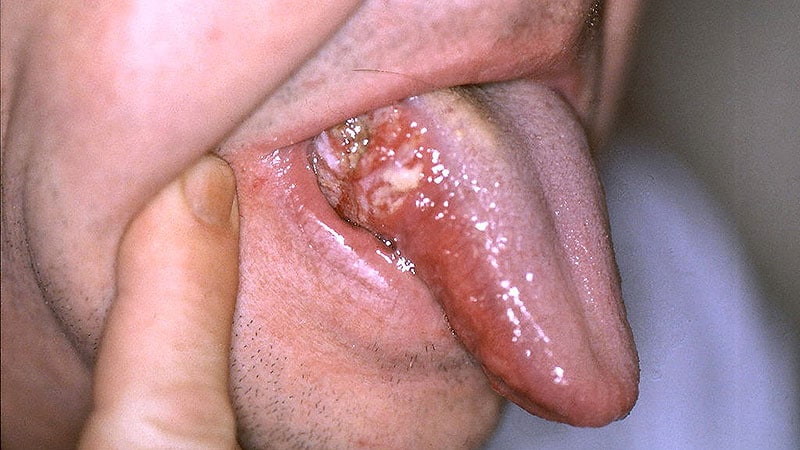Risk of Occult Invasive Disease in Oral Cavity Carcinoma Patients
Core Concepts
Definitive surgical resection is crucial for managing oral cavity carcinoma in situ.
Abstract
The study focused on the risk of occult invasive disease in patients with oral cavity carcinoma in situ. Key highlights include:
Occult invasive disease present in 25% of patients with oral cavity carcinoma in situ.
Surgical resection led to a 30% increase in 5-year overall survival.
Factors like female sex, Black race, and specific subsites increased the odds of invasive disease.
Definitive surgical resection is recommended for biopsy-proven carcinoma in situ.
Molecular profiling and early driver mutations are areas of future research interest.
Correct identification through biopsy is crucial for informed patient care.
Risk for Occult Invasive Disease in Oral Cavity Carcinoma
Stats
Occult invasive disease was present in approximately 25% of patients with oral cavity carcinoma in situ.
After resection, 449 of the 1733 patients (25.9%) had invasive occult disease.
Surgical resection was associated with an almost 30% increase in 5-year overall survival.
Quotes
"Given the high risk of occult invasive disease, definitive surgical resection of biopsy-proven carcinoma in situ is the optimal management strategy for this challenging clinical scenario." - Dylan Cooper
Key Insights Distilled From
by Heidi Splete at www.medscape.com 10-02-2023
https://www.medscape.com/viewarticle/997005
Deeper Inquiries
How can early driver mutations in oral cancer impact treatment strategies?
Early driver mutations in oral cancer can significantly impact treatment strategies by providing valuable insights into the progression and behavior of the disease. Understanding these mutations can help in predicting the trajectory of cancer progression, guiding decisions on the most appropriate treatment approach for individual patients. For instance, identifying specific mutations can inform targeted therapies that are tailored to the genetic profile of the tumor, leading to more effective and personalized treatment plans. Additionally, knowledge of early driver mutations can aid in monitoring disease progression, assessing response to treatment, and predicting potential relapse, thereby enabling clinicians to make informed decisions regarding the management of oral cancer.
What are the potential drawbacks of relying solely on retrospective studies in medical research?
Relying solely on retrospective studies in medical research has several potential drawbacks that can impact the validity and reliability of the findings. One major limitation is the susceptibility to bias, as retrospective studies are prone to selection bias, recall bias, and confounding variables that can distort the results and conclusions drawn from the data. Additionally, retrospective studies are dependent on the quality and completeness of existing data, which may be limited or inaccurate, leading to potential errors in analysis and interpretation. Furthermore, retrospective studies lack the ability to establish causality or determine temporal relationships between variables, making it challenging to draw definitive conclusions about the effectiveness of interventions or treatments. Overall, while retrospective studies can provide valuable insights, they should be complemented with prospective studies to strengthen the evidence base and ensure the robustness of research findings.
How can patient education be improved regarding the risks associated with occult invasive disease in oral cavity carcinoma?
Patient education regarding the risks associated with occult invasive disease in oral cavity carcinoma can be improved through clear and comprehensive communication between healthcare providers and patients. Clinicians should prioritize discussing the concept of occult invasive disease with patients diagnosed with oral cavity carcinoma in situ, explaining the potential implications of undetected invasive disease and the importance of timely and appropriate management. Using visual aids, such as diagrams or illustrations, can help patients better understand the risk of occult invasion and the rationale for definitive surgical resection. Additionally, providing patients with written materials or access to reliable online resources can reinforce key information and empower patients to make informed decisions about their care. Furthermore, engaging in shared decision-making with patients, involving them in the treatment planning process, and addressing any concerns or questions they may have can enhance patient understanding and adherence to recommended treatment strategies. By promoting open and transparent communication, healthcare providers can ensure that patients are well-informed about the risks of occult invasive disease and are actively involved in their care journey.
0
